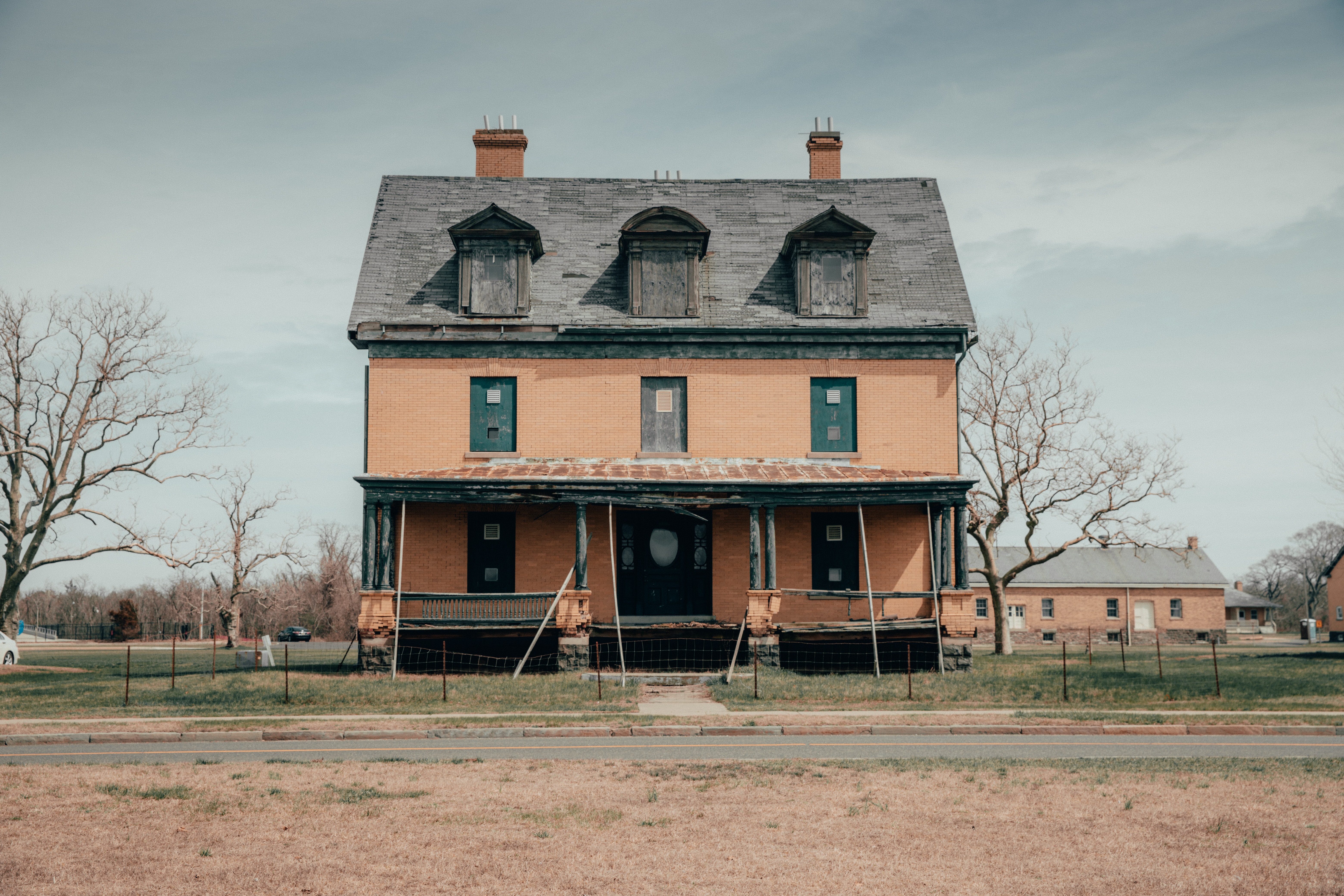Can you imagine hearing and then seeing meteor blazing across the sky and then crashing through a tree before plunging several feet into the dirt? That’s what happened on Hiram Bost’s farm on October 31, 1849.
I grew up in Cabarrus County, but I’d not heard of the meteorite until I happened upon a newspaper article about it while doing research on another topic for a local history column I was writing in 2009 for Harrisburg Horizons weekly newspaper. Last week while I was formatting those newspaper articles for two planned books in 2023, I thought the highlights of the seven-part series I wrote about Mr. Bost’s meteorite would make an interesting blog post on this Halloween.
Although the meteorite landed near Midland in Cabarrus County, it was mistakenly named “Monroe.” Meteorites are usually named for where they land. The town of Monroe is actually in the adjoining county and not where the 1849 meteorite crashed to the Earth.
I’ve never heard a meteor or seen one up close. The closest I’ve come is seeing an occasional “shooting star.” The witnesses of the 1849 meteorite described explosions and rumblings They saw a white-hot object in the sky even though it was broad daylight.
Word of the meteorite spread by the proverbial grapevine and in newspapers in Charlotte and Concord. When word reached the Charlotte Branch of the United States Mint, a Mint employee and a Charlotte doctor headed some 20 to 25 miles to the site by horse-drawn wagon.
Knowing he had an item of interest and unknown value on his hands, Mr. Bost displayed the meteorite on top of a pole for all to come and see. It was accompanied by a sign warning people not to touch or break the rock.
I was naïve enough to think that perhaps the Monroe meteorite had ended up intact at the North Carolina Museum of Natural History, but I soon found out that the meteorite has been chopped and sliced into countless pieces and the museum in Raleigh doesn’t even have a piece of it.
One thing led to another, as is always the case when I do historical research, and I went down the rabbit hole of searching for the locations that own part of the meteorite. What I discovered is that pieces and slivers of the meteorite are owned by universities, museums, The Vatican, and private companies and individuals around the world.
I learned that bits and pieces of the Monroe meteorite are for sale by rock and mineral dealers and are sometimes available through rock and mineral auctions. Those pieces and slivers are priced by the gram and aren’t cheap.
To learn more, be on the lookout for my book, Harrisburg, Did You Know? – Book 2 on Amazon in 2023.
I expect to publish Harrisburg, Did You Know? – Book 1 on Amazon in January 2023. I’ll give progress reports in future blog posts. Even if you don’t live in the Harrisburg, North Carolina area, I think you’ll find something of interest in both my local history books.
Since my last blog
I continue to write my first historical novel, The Heirloom.
I hired a company to completely redesign my outdated website, JanetMorrisonBooks.com. My writing is taking a new path and I need a new website to reflect that. With numerous decisions to be made and the holiday season approaching, it might be January before I can unveil the new site.
My sister and I continue to proofread Harrisburg, Did You Know?—Book 1. When I blogged last week, I thought the books would only be available for Kindle, but I now hope to also have them published in paperback.
A word about my blog
Last week’s blog post included a note about a change in my follower count on my blog and the reason I was given for the widget policy change. Apparently, I wasn’t the only blogger to complain, for this week the count once again includes the 1,000+ followers that were dropped last week. I’m happy again!
Until my next blog
I hope you have a good book to read.
Remember the brave people of Ukraine who face freezing to death this winter.
Janet




